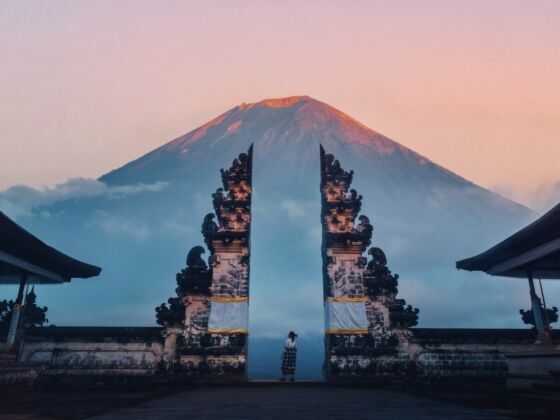Mount Olympus, Greece

Photo: Andrii Lutsyk/Shutterstock
The legendary home of the Greek Gods and throne of Zeus is the highest mountain in Greece at 9,577 feet. The 2-3 day hike to the summit features a close-up look at the roughly 1,700 different species of flora that grow on the mountain.
Mount Fuji, Japan
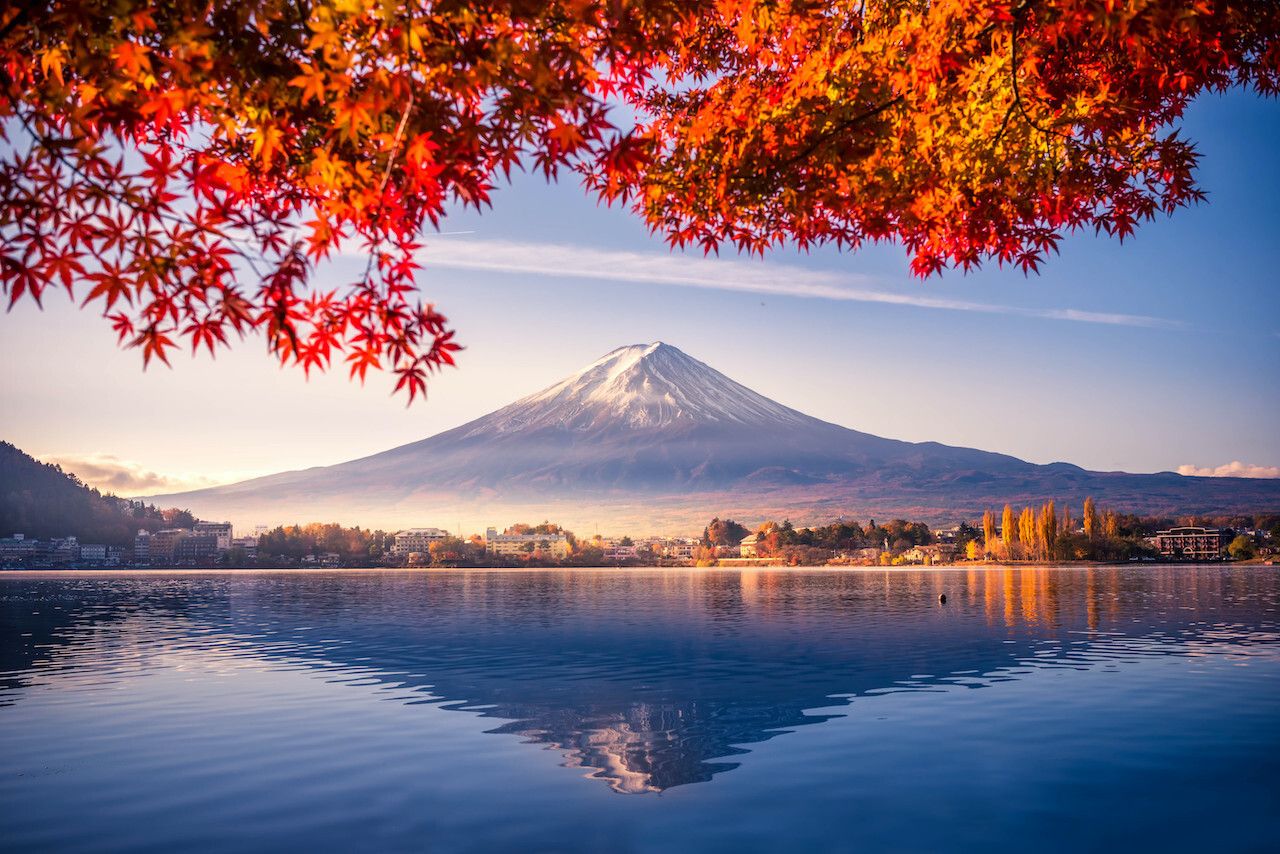
Photo: Travel mania/Shutterstock
This snowcapped mountain west of Tokyo is sacred in both Buddhism and Shintoism. During the July and August climbing season more than 200,000 people hike to the top of this 12,388 ft. peak. Also an active volcano, Mount Fuji has been venerated as the home of a fire god, a Shinto goddess and Dainichi Nyorai, the Great Sun Buddha.
Mount Agung, Bali
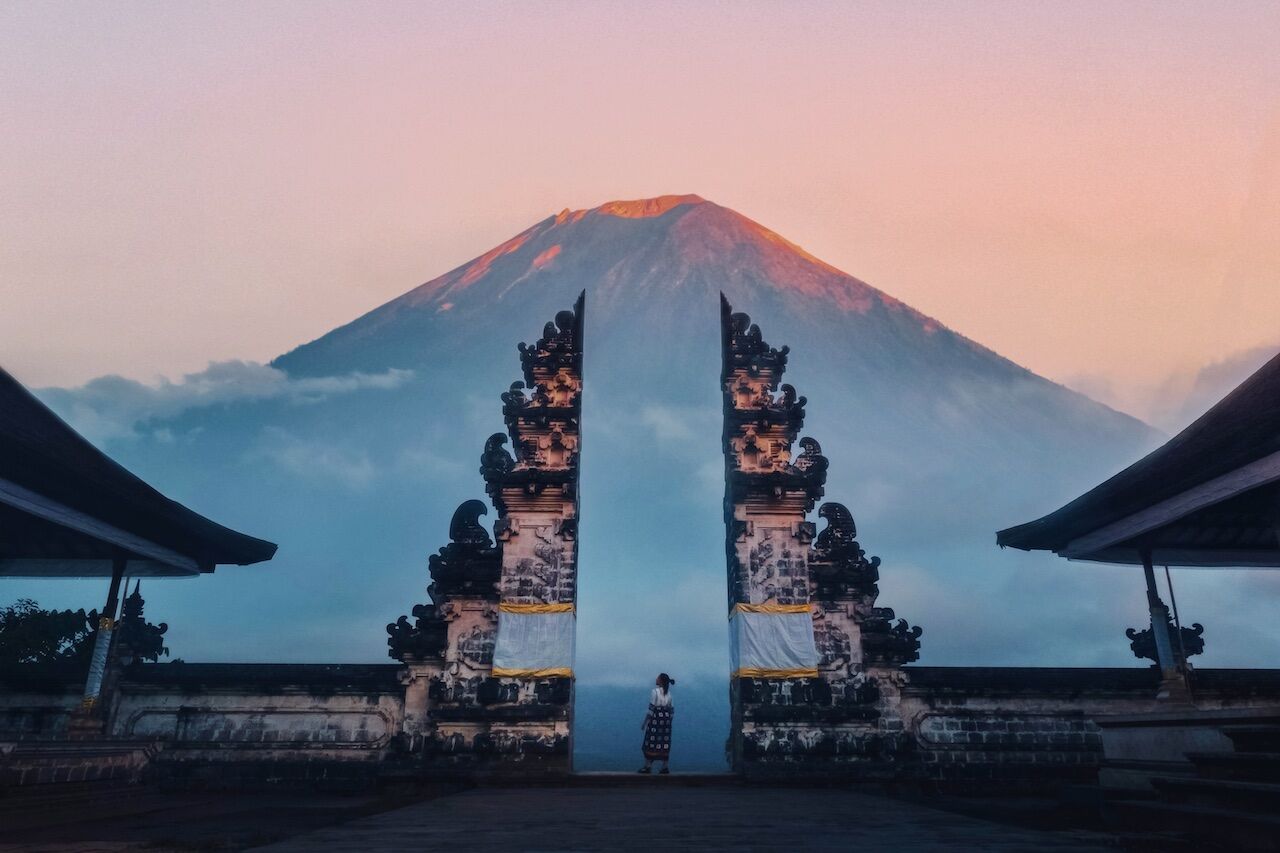
Photo: JomNicha/Shutterstock
The Balinese consider the volcanic Mount Agung to be the center of the universe. It rises 10,308 feet high in eastern Bali. The Mother Temple of Besakih, the largest and holiest temple in Bali, sits roughly 3,000 feet up its slopes.
Mount of the Holy Cross, Colorado

Photo: Andy Konieczny/Shutterstock
Legends of a giant cross hidden deep in the Rocky Mountains proved true when photographer William Henry Jackson returned from an expedition in 1873 with a picture of this mythical peak, the northernmost 14,000 ft mountain in the Sawatch Range. Mount of the Holy Cross is named for the distinctive cross-shaped snowfield that adorns its northeastern face, and is a popular Christian pilgrimage site.
Mount Everest, Nepal/China border

Photo: Daniel Prudek/Shutterstock
Tibetans call Mount Everest the Goddess Mother of the Universe, the Nepalese call it Goddess of the Sky. At 29,029 feet, it is the highest mountain on the planet. Everest is part of the Himalayan mountain range and it’s a day’s hike from the Rongbuk Monastery in Tibet to Base Camp.
Mount Nebo, Jordan
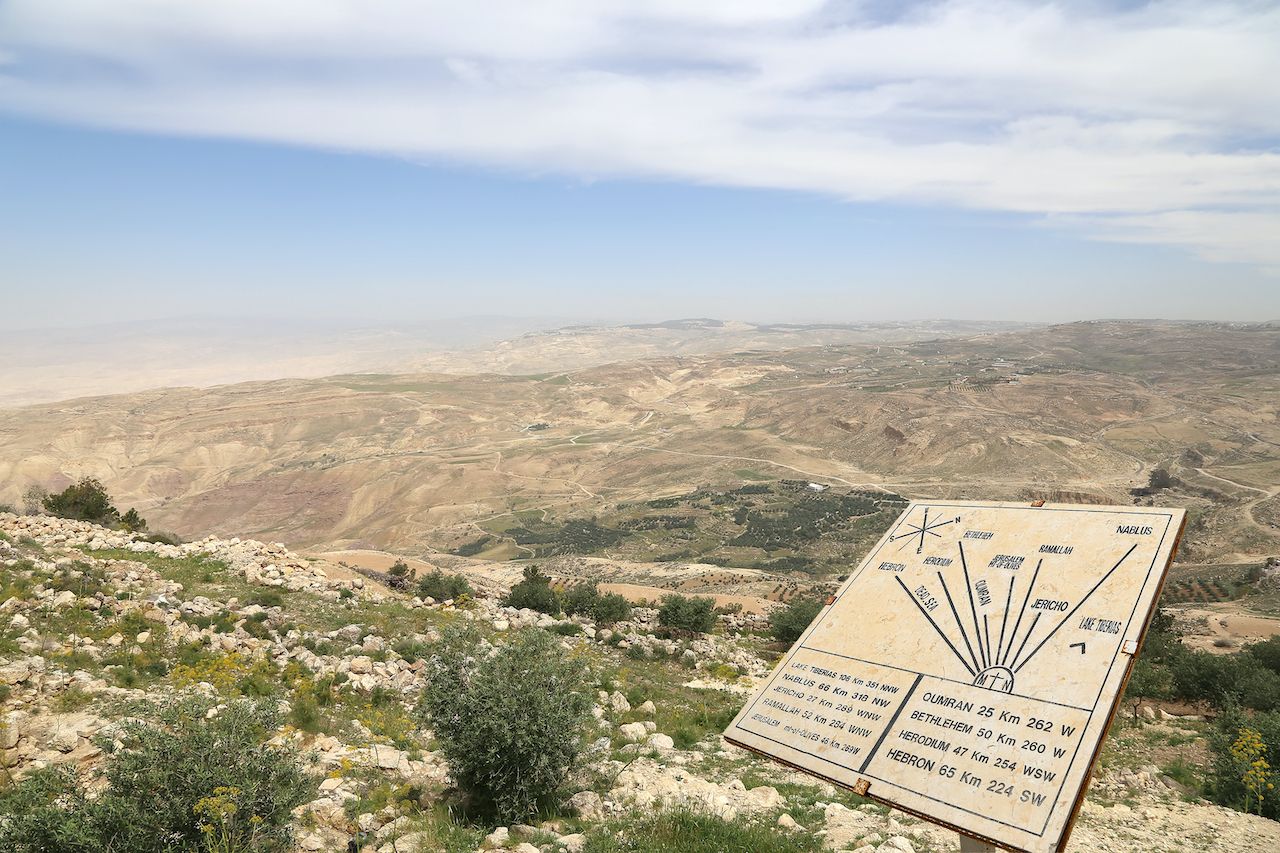
Photo: VLADJ55/Shutterstock
According to the final chapter of Deuteronomy, Mount Nebo is where the Hebrew prophet Moses beheld the promised land that God would give to the Jewish people. On a clear day you can see the Dead Sea, Bethlehem, Jerusalem, the River Jordan, Jericho and the Mount of Olives. The remains of a 4th century monastery were discovered on this windy peak in western Jordan in 1933, and the church features an impressive collection of ancient mosaics.
Mount Kailash, China/Tibet

Photo: Alexander Verevkin/Shutterstock
Thousands of Buddhist, Hindu, Jain and Bonpo pilgrims journey to the remote Himalayan town of Darchen each year to make koras, ritual circuits, around the base of Mount Kailash. Setting foot on the mountain is considered to be a sacrilege, but one 32-mile kora around the base is believed to erase a lifetime of sins.
Mount Croagh Patrick, Ireland
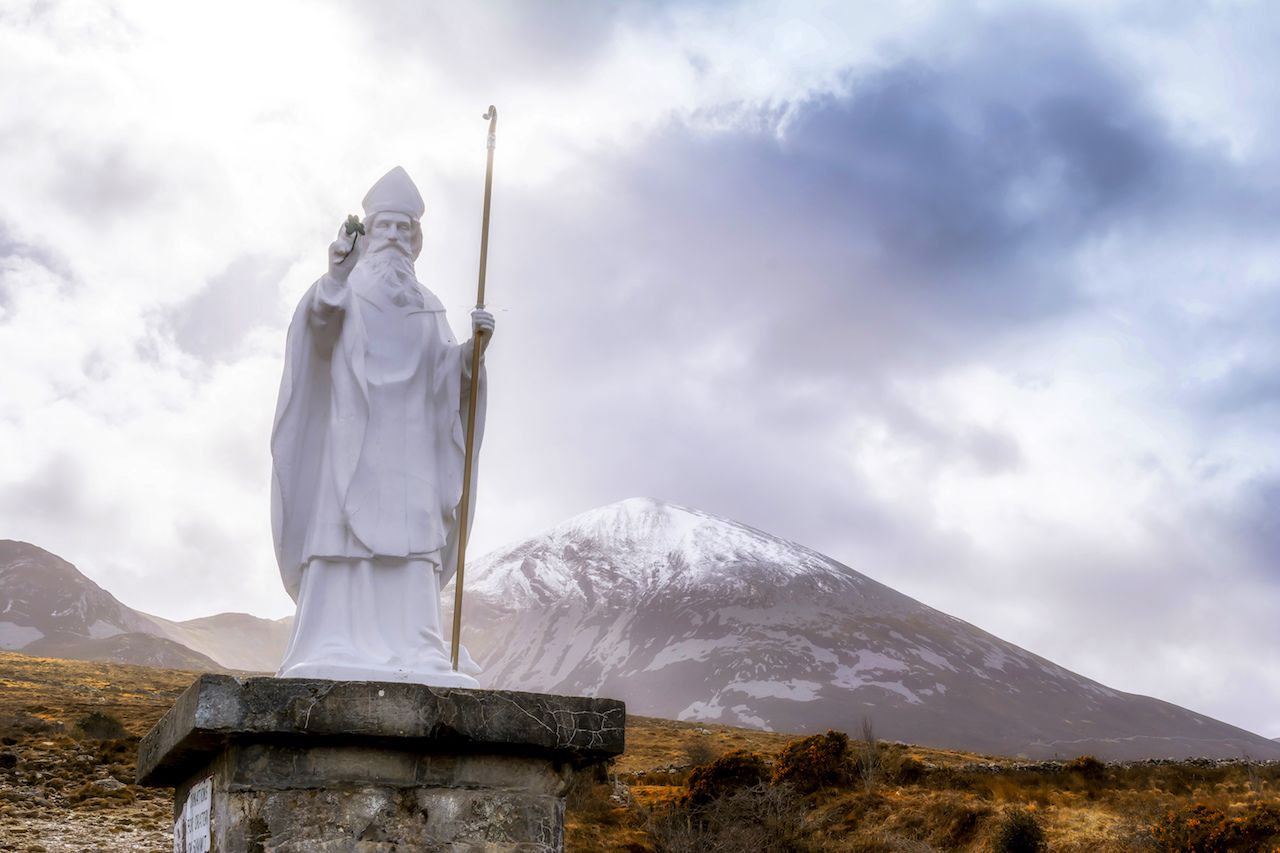
Photo: Kriangkrai Thitimakorn/Shutterstock
As many as one million pilgrims trek this peak annually to pray at the stations of the cross, participate in Mass, or just enjoy the spectacular view over Ireland’s western coast. Pre-Christian Celts believed the deity Crom Dubh lived on the mountain and later St. Patrick who introduced Christianity to Ireland—is believed to have spent 40 days and nights fasting and praying atop the mountain.
The San Francisco Peaks, Arizona

Photo: Shutterstock/Julius Fekete
More than a dozen Native American tribes consider this volcanic chain in the Coconino National Forest to be sacred, including the Hopi, who believe the peaks are the mythological home of the Kachina People. In order to protect the area as much as possible, there are no paved roads to the summit. The 9-mile Humphreys Peak Trail is a strenuous round-trip journey that leads to the highest point in Arizona at 12,633 feet.
Popocatepel, Mexico
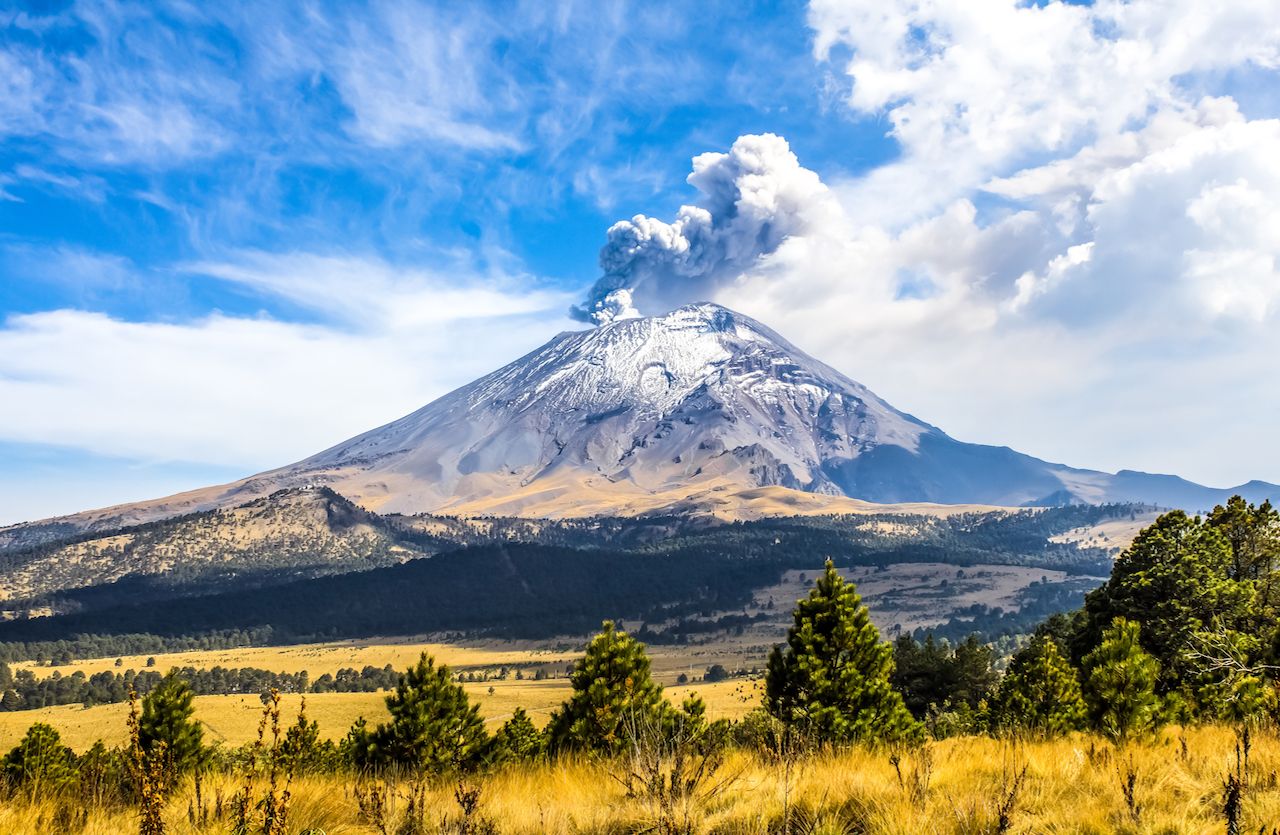
Photo: Kuryanovich Tatsiana/Shutterstock
This volcanic peak located roughly 45 miles southeast of Mexico City figures largely in both Aztec and Nahua legends and among local Nahua today El Popo, as it is called for short, is a living, breathing entity. Spanish missionaries built 14 monasteries on El Popo’s slopes during the 16th century, and they’ve been declared a UNESCO World Heritage Site.
